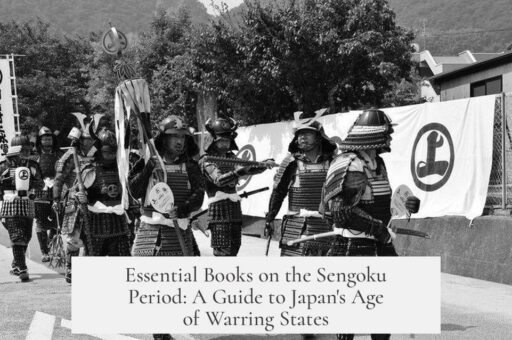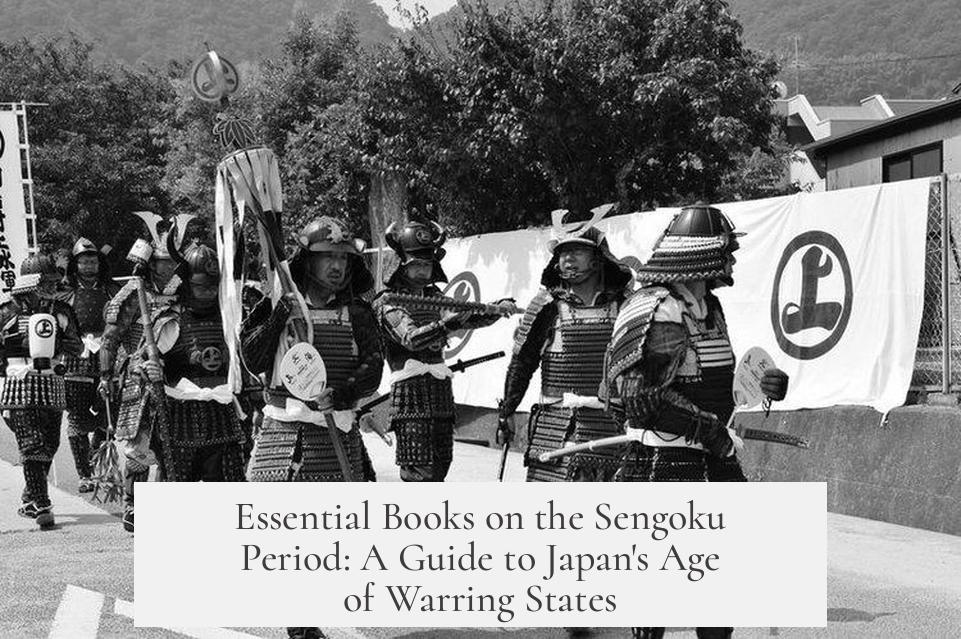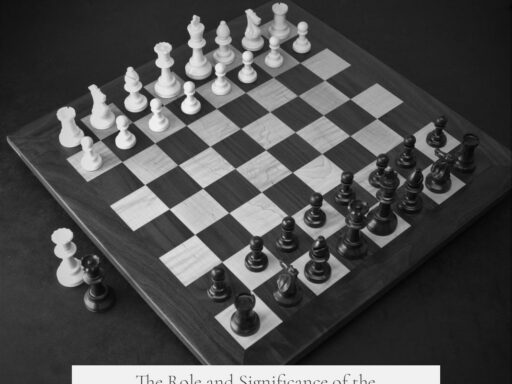Books on the Sengoku period offer focused insights into Japan’s tumultuous era of conflict, political turmoil, and social change between the mid-15th and early 17th centuries. They combine analysis of primary sources, legal documents, and historical narratives, illustrating the mechanisms behind political consolidation and the rise of powerful daimyo. Several key works stand out for their comprehensive coverage and accessibility in English.
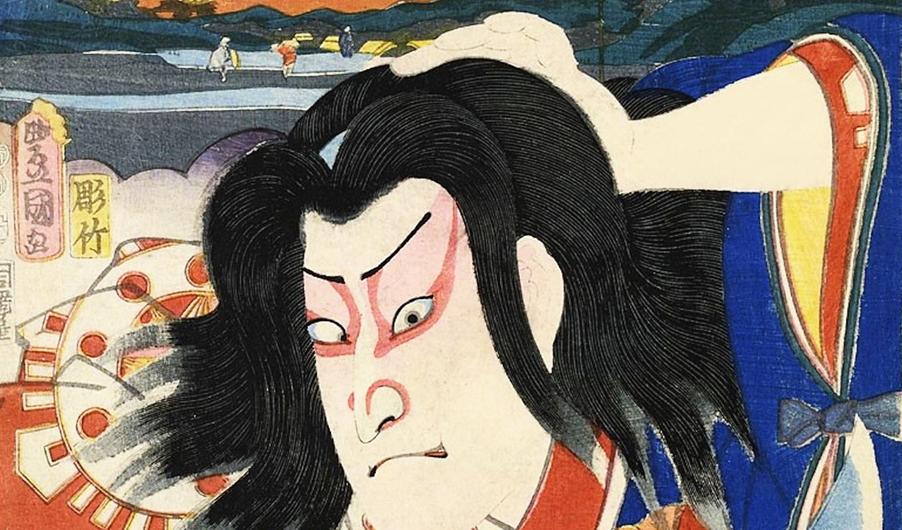
One essential volume is Japan Before Tokugawa: Political Consolidation and Economic Growth, 1500-1650, edited by S. Hall, Nagahara Keiji, and Kozo Yamamura. This book compiles standalone essays from multiple historians addressing diverse facets of the period. Particularly notable is the essay The Development of Sengoku Law by Sasaki Gin’ya with Martin Collcut. It examines daimyo house codes, exploring the rules and systems lords used to govern local domains. This supplement on Sengoku law clarifies the political strategies daimyo employed to maintain order in fractured territories.
Primary texts from the Sengoku period exist but translations into English remain rare. The most prominent fully translated Japanese primary source is The Chronicle of Lord Nobunaga (also known as Shinchō-Kō ki), which chronicles the life and campaigns of Oda Nobunaga, one of the era’s key unifiers. This work offers direct insight on pivotal battles and political moves during the late Sengoku.
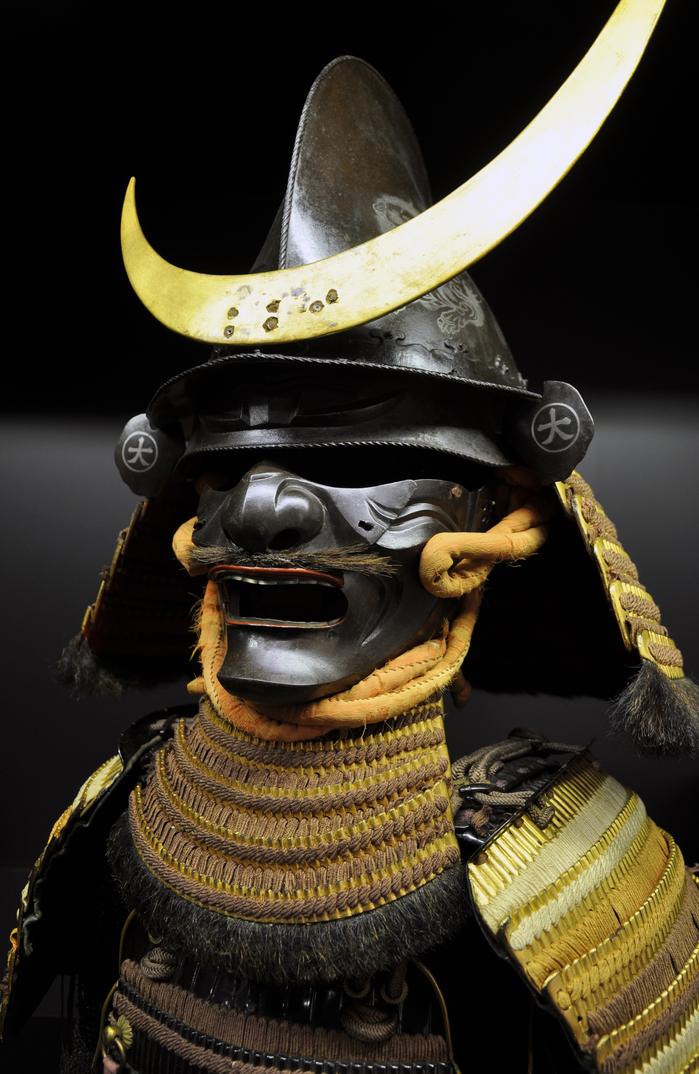
Another important contemporary source comes from Jesuit missionary Luis Frois, whose writings compare Japan with Europe and detail observations about Japanese culture and politics at the time. Unfortunately, his history of Japan has not yet been translated into English, limiting access for non-Japanese readers. Yet, his comparative perspectives remain valuable for understanding Sengoku society’s broader context.
For readers seeking collections of primary sources with expert annotation, two compilations offer broad and useful coverage. Sources of Japanese History Volume One by David John Lu includes several Sengoku-related texts despite not focusing exclusively on the period. Its chapter “From Civil Wars to Unification” presents daimyo house codes from clans like Asakura, Hōjō, Takeda of Kai, and Chōsokabe, as well as military decrees, Jesuit accounts, and edicts from Toyotomi Hideyoshi. This range allows readers to trace legal and military changes that shaped Japan’s path to unification.

Similarly, Sources of Japanese Tradition: From Earliest Times to 1600, compiled by Donald Keene, George Tanabe, Paul Varley, and Theodore de Bary, contains sections relevant to the Sengoku. It includes “Law and Precepts for Warrior Houses” by Paul Varley, focusing chiefly on daimyo house codes, and “The Regime of the Unifiers” by Jurgis Elisonas. The latter discusses Nobunaga and Hideyoshi’s rule drawing on Shinchō-Kō ki, letters, and public decrees, enhancing understanding of political developments and governance approaches during the era.
Additional recommended resources provide further context and depth:
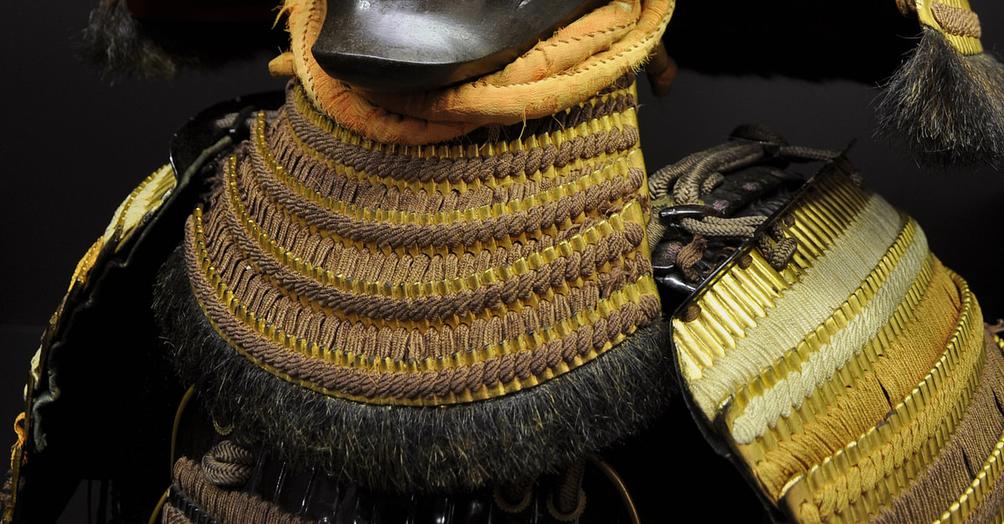
- War and State Building in Medieval Japan fits well with Sengoku period themes, exploring how warfare influenced the formation of political structures.
- The online book list on East Asia history offers curated recommendations for broader studies on Japan, including Sengoku period materials.
This body of literature helps illuminate the Sengoku period’s complexities. It shows the interplay of military conflict, legal frameworks, and political ambition driving societal changes. Contemporary sources and scholarly essays combined provide a multi-dimensional view of how Japan emerged from civil wars to centralized rule under powerful daimyo and eventually the Tokugawa shogunate.
| Book/Resource | Focus | Key Features |
|---|---|---|
| Japan Before Tokugawa | Political consolidation, Sengoku law | Essays on daimyo legal codes and governance strategies |
| The Chronicle of Lord Nobunaga | Primary source on Nobunaga | Fully translated Japanese source detailing campaigns |
| Sources of Japanese History Vol. One | Primary sources with commentary | Daimyo laws, military decrees, Jesuit accounts, Hideyoshi edicts |
| Sources of Japanese Tradition | Compilation of historical texts | House codes, Nobunaga and Hideyoshi documents and decrees |
| War and State Building in Medieval Japan | Military history and state formation | Analysis of warfare’s role in politics |
- Books on Sengoku often blend political, military, and legal history.
- Primary source translations are limited, but key texts like Nobunaga’s chronicle exist in English.
- Daimyo house codes provide crucial insights into domain governance.
- Jesuit accounts supplement Japanese sources with external perspectives.
- Compilations with commentary help bridge gaps in understanding and context.
Books on the Sengoku Period: Your Ultimate Guide to Japan’s Age of Warring States
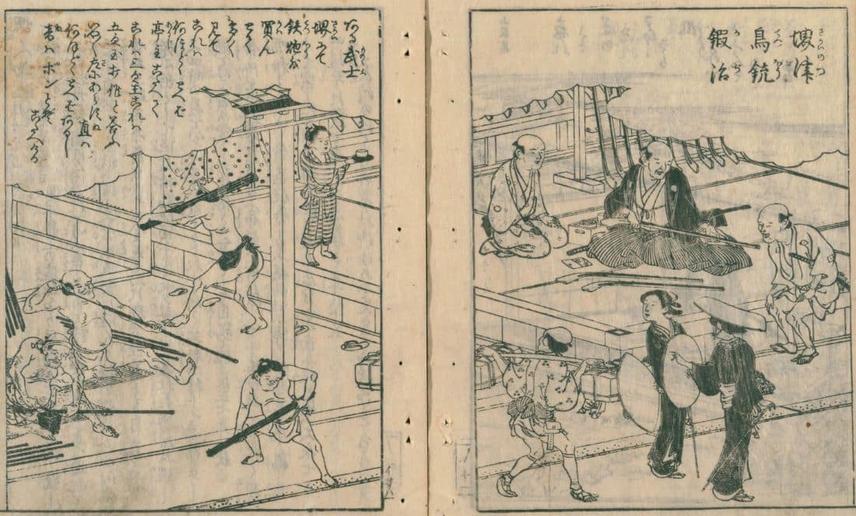
If you’re itching to dive deep into the chaotic yet fascinating world of the Sengoku period, there’s no shortage of books to guide you through the political intrigues, fierce battles, and social upheavals of 15th-17th century Japan. But beware! Not all Sengoku books wear samurai armor or wave the banners of Nobunaga, Hideyoshi, or Ieyasu equally. Some cut straight to the heart of the era’s governance, others unwrap primary sources painstakingly translated from old scrolls, and a few even balance academic rigor with narrative flair. So, where should you start your literary journey?
Fear not. This post highlights some of the best resources, each offering a unique angle on Sengoku’s complex story. Expect political laws, firsthand chronicles, warrior codes, and Jesuit insights—because the Sengoku period is anything but one-dimensional.
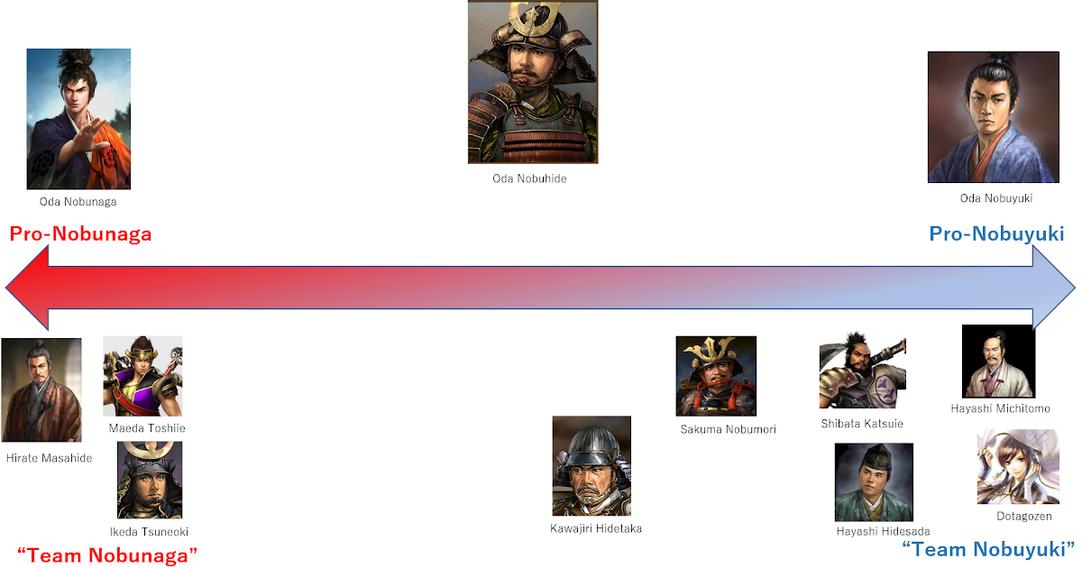
Political Climate and the Art of Domain Control
Many know the Sengoku period as a battlefield stampede—fragmented fiefs vying for domination. But how exactly did daimyo maintain control over their lands? For this inside scoop, Japan Before Tokugawa: Political Consolidation and Economic Growth, 1500-1650 is an absolute gem. Edited by S. Hall, Nagahara Keiji, and Kozo Yamamura, it compiles essays from leading historians.
The Development of Sengoku Law, a standout chapter by Sasaki Gin’ya and Martin Collcut, explores the nuts and bolts of daimyo house codes minus the convoluted legalese. These codes were like the “terms and conditions” of feudal Japan—detailing rights, duties, and punishments within domains. It’s a lens that reveals more than battles: it shows how order was crafted amidst chaos. The authors leverage rare source material such as official house codes, lending an authentic feel to their analysis.
So, if you want a peek into the governance style of the Sengoku lords, this book offers indispensable context. It’s not just history—it’s political strategy laid bare.
Primary Sources: The Raw Voices of Sengoku Japan
Ever wonder what contemporaries actually wrote about those times? English readers face a striking shortage of primary source translations. One jewel in this dry landscape is The Chronicle of Lord Nobunaga, also known as Shinchō-Kō ki. This is the only full English translation of a Japanese primary source from the Sengoku era. It provides firsthand narration of Oda Nobunaga’s exploits.
For another perspective, there’s Jesuit Luis Frois. While his entire history of Japan remains untranslated in English (a source of many academic grimaces), his writings offer rich comparisons between Japanese and European societies during the 16th century. Think of him as a cultural bridge—throwing light on the Sengoku world through foreign eyes.
Compilations That Blend Documents and Context
If you prefer a book that not only presents primary sources but also explains their background, a couple of compilations stand out:
- Sources of Japanese History Volume One by David John Lu—a book that isn’t Sengoku-exclusive but covers the period well. It includes daimyo house laws (Asakura, Hōjō, Takeda of Kai, Chōsokabe), military conscription decrees, Jesuit accounts, and official edicts from Hideyoshi.
- Sources of Japanese Tradition: From Earliest Times to 1600, compiled by Donald Keene and others, offers a similar treasure trove. Notably, two parts focus sharply on the Sengoku period: Paul Varley’s “Law and Precepts for Warrior Houses” (emphasizing house codes), and Jurgis Elisonas’ “The Regime of the Unifiers,” which dives into Nobunaga’s and Hideyoshi’s deeds supported by letters and public decrees.
These books are excellent for enthusiasts who want historical documents paired with scholarly interpretation. They help readers understand not just what happened, but why those documents mattered.
Extra Resources and Recommendations
If you fancy expanding beyond Sengoku’s political sphere into military and state-building aspects, War and State Building in Medieval Japan might just be your cup of sake. It fits snugly into this genre, surveying how medieval Japan forged a stronger state amid the turmoil.
Moreover, this curated book list from an AskHistorians community offers a treasure trove of recommendations on East Asian history, including Sengoku period resources. It’s like having a well-read friend guiding your bookshelf choices.
Final Thoughts: Why Your Sengoku Reading Matters
Why should you care about these dry-sounding laws, edicts, and compilations? Because the Sengoku period forged modern Japan’s foundations. Understanding how daimyos ruled and unified territories reveals the period’s complexities beyond samurai showdowns and ninja stealth. Legal codes and official chronicles give voice to everyday lives beneath the gloss of noble battles.
Reading these books does more than feed history trivia. It develops an appreciation for governance under war, early statecraft, and cultural interaction with the world—through Jesuit eyes or translated chronicles. Plus, there’s real satisfaction in knowing your knowledge is rooted in solid primary documents, not just over-dramatic popular retellings.
So, what Sengoku book will you pick up first? Will it be the detailed political analysis of Japan Before Tokugawa, the immersive personal accounts in The Chronicle of Lord Nobunaga, or perhaps a rich compilation like Sources of Japanese Tradition? One thing’s for sure: exploring the Sengoku period through these works is like wielding a katana forged from both scholarship and centuries-old tales.
